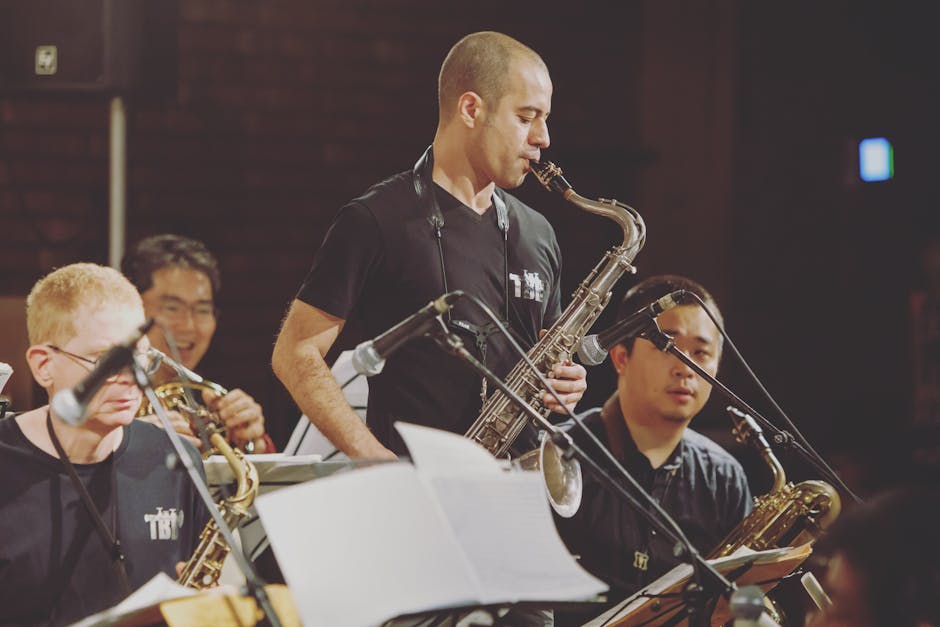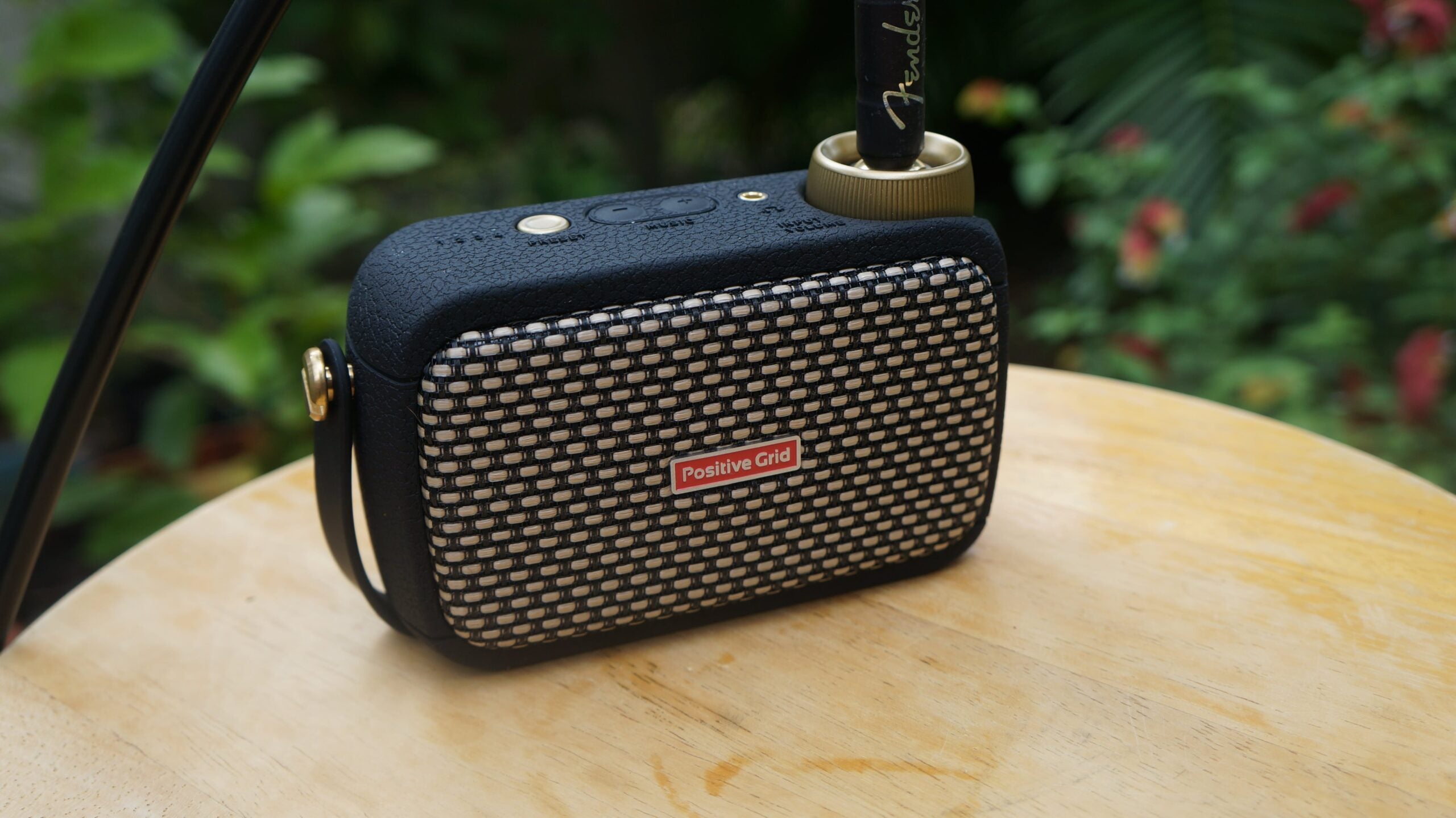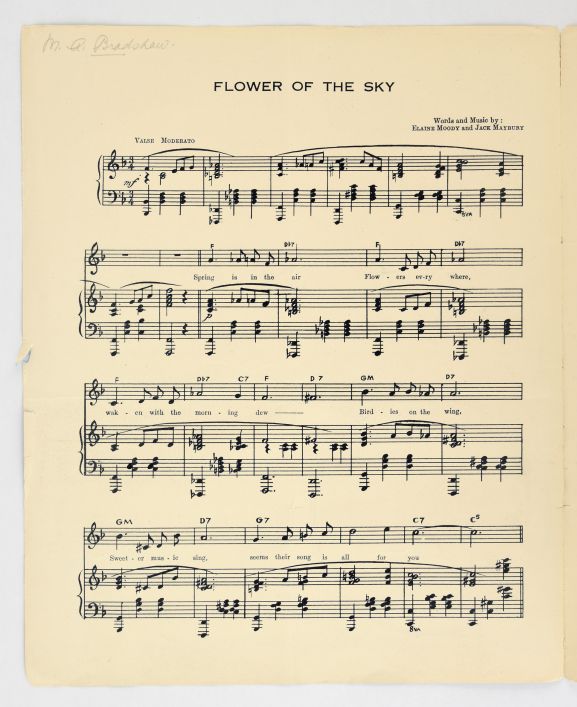Picture this: you’re in your guitar/” title=”Demystifying Key Signatures on Guitar”>practice space, guitar in hand, ready to conquer the music world one chord at a time. But suddenly, the thought of another mundane solo session makes you want to strum your instrument like a frustrated rockstar. Fear not, fellow musicians! With the power of backing tracks, you can turn your practice sessions from snooze-fests to jam sessions that will have your neighbors wondering if they should call the cops. Let’s dive into the world of mastering your practice sessions with backing tracks and get ready to rock like never before.
Contents
- 1 Understanding the Power of Backing Tracks
- 2 Selecting the Right Backing Tracks for Your Practice Sessions
- 3 Incorporating Different Genres to Enhance Musical Versatility
- 4 Setting Up Your Practice Space for Optimal Sound
- 5 Adjusting the Tempo and Key to Match Your Skill Level
- 6 Recording and Analyzing Your Sessions for Improvement
- 7 Overcoming Common Challenges When Practicing with Backing Tracks
- 8 FAQs
- 9 Keep Calm and Jam On!
Understanding the Power of Backing Tracks
Ever wonder how musicians manage to sound like they have a full band behind them when they’re actually performing solo? The secret lies in the magical world of backing tracks!
Backing tracks are pre-recorded musical accompaniments that artists use during live performances to enhance their sound and create a fuller, more dynamic experience for the audience. These tracks can include anything from drums and bass to synths and string sections, giving musicians the power to bring their studio recordings to life on stage.
With the ability to customize and tailor backing tracks to fit their unique style and vision, artists can truly unleash their creativity and put on a show that is both impressive and unforgettable. Plus, using backing tracks also allows musicians to experiment with different sounds and arrangements, making each performance a fresh and exciting experience for both the audience and the performer.
So next time you see a solo artist rocking out on stage with the energy and sound of a full band, remember that it’s all thanks to the power of backing tracks. Who knew that a little bit of musical support could go such a long way?

Selecting the Right Backing Tracks for Your Practice Sessions
So you’ve decided to spice up your practice sessions by incorporating backing tracks – great choice! But with so many options out there, how do you choose the right ones that will keep you motivated and engaged? Here are a few tips to help you make the best selection:
First and foremost, consider the genre of music you’re working on. Are you a rock star in the making or more of a jazz aficionado? Make sure you pick backing tracks that align with your musical taste and goals.
Next, think about the tempo of the tracks. Slow jams might be great for practicing intricate solos, while faster tracks can help you work on your speed and precision. Mix it up and keep things interesting!
Don’t forget to pay attention to the vibe of the backing tracks. Are you in the mood for something soulful and smooth, or do you need a high-energy track to get you pumped up? Choose tracks that resonate with your mood and energy level.
Incorporating Different Genres to Enhance Musical Versatility
Let’s face it, sticking to one genre in music is like eating the same dish every day – boring! To truly become a musical chameleon, you need to mix things up and blend different genres together. The result? A sound that’s as unique and versatile as a chameleon changing colors.
**So, how can you incorporate different genres to enhance your musical versatility?**
- Start by experimenting with different instruments. Why limit yourself to just guitar or keyboard? Pick up a saxophone, try out a banjo, or even dabble in the art of beatboxing.
- Blend together contrasting genres like classical and hip-hop, or country and electronic. Who says you can’t have a symphony orchestra backing up a rapper?
- Don’t be afraid to play around with rhythms and time signatures. Mix a funky 7/8 groove with a straight-ahead 4/4 beat for a truly mind-bending musical experience.
Remember, the key to musical versatility is to never be afraid to step outside your comfort zone. Embrace the weird, the unexpected, and the downright wacky. Who knows, you might just stumble upon a genre-bending masterpiece that blows everyone away!

Setting Up Your Practice Space for Optimal Sound
When it comes to , there are a few key things to keep in mind. First and foremost, you’ll want to make sure you’re in a space that’s relatively quiet and free from distractions. After all, nothing kills the vibe of a jam session quite like your neighbor’s lawnmower going off in the background.
Next, it’s important to consider the layout of your space. Think about where you’re going to place your instruments and equipment to maximize sound quality. Remember, it’s all about creating a harmonious environment where every note can be heard crystal clear.
One great way to enhance the sound of your practice space is by adding some soundproofing elements. Consider hanging up some heavy curtains or investing in some acoustic panels to help absorb unwanted noise and echoes. Your ears will thank you!
And finally, don’t forget about the lighting in your space. A well-lit practice room can help set the mood and enhance the overall experience. So dim the lights, grab your instrument, and get ready to rock out in your perfectly optimized practice space!

Adjusting the Tempo and Key to Match Your Skill Level
Have you ever felt like your favorite song is just too fast for you to keep up with? Or maybe that one pesky key just isn’t working with your vocal range? Fear not, fellow music enthusiasts! We’ve got some tips and tricks to help you adjust the tempo and key to match your skill level.
First things first, let’s talk tempo. If you’re struggling to keep up with a fast-paced song, don’t fret! You can easily adjust the tempo to a more manageable speed. Whether you’re a beginner who needs to slow things down or an advanced musician looking to challenge yourself, adjusting the tempo can make a world of difference. **Don’t be afraid to experiment with different speeds until you find the perfect tempo for you.**
Next up, let’s tackle the key. If the key of a song just isn’t quite right for your voice or instrument, there’s a simple solution. **Transposing the key can help you find a more comfortable range that suits your skill level.** Whether you need to raise or lower the key, a little fine-tuning can go a long way in making a song feel just right.
Remember, music is all about having fun and expressing yourself. So don’t be afraid to play around with tempo and key adjustments until you find the perfect fit for your skill level. **Just keep practicing and experimenting, and soon enough you’ll be rocking out like a pro!**
Recording and Analyzing Your Sessions for Improvement
Ever wondered how you could take your gaming skills to the next level? Well, look no further than recording and analyzing your gaming sessions! This magical practice will help you pinpoint areas you need to improve on and ultimately dominate the virtual world.
So, how exactly do you go about recording your sessions? Fear not, young padawan, for it is as easy as pie! Simply hit that record button on your trusty device and let the magic happen. Whether you’re slaying dragons or racing cars, every move you make will be captured for your viewing pleasure.
Now comes the fun part – analyzing your gameplay. Sit back, grab some popcorn, and watch yourself in action. Take note of your strengths and weaknesses, and make a mental (or physical) note of areas that need improvement. Are you constantly getting sniped from afar? Perhaps it’s time to work on your dodging skills. Are you always finishing last in races? Maybe it’s time to hit the virtual gym and upgrade your speed.
Remember, Rome wasn’t built in a day, and neither will your gaming skills. Take it one session at a time, analyze, improve, and repeat. Before you know it, you’ll be soaring to the top of the leaderboard like a majestic gaming unicorn. So, what are you waiting for? Start recording and analyzing those sessions, and watch yourself transform into a gaming legend!
Overcoming Common Challenges When Practicing with Backing Tracks
So you’ve decided to practice with backing tracks, but you’re encountering some common challenges along the way. Don’t worry, you’re not alone! Here are some ways to overcome these obstacles and make the most out of your practice sessions:
- **Volume control**: Sometimes the backing track is too loud or too soft, making it difficult to hear yourself play. To combat this issue, try adjusting the volume on your device or instrument, or invest in a good pair of headphones to isolate the track.
- **Timing issues**: It can be tricky to stay in time with the backing track, especially if it’s moving at a different tempo than you’re used to. One way to improve your timing is to practice with a metronome beforehand to get your internal rhythm on point.
- **Lack of inspiration**: If you find yourself getting bored or uninspired by the backing track, try mixing things up by improvising or adding your own flair to the music. Don’t be afraid to experiment and make the track your own!
Remember, practicing with backing tracks is meant to be fun and beneficial to your musical growth. Don’t get discouraged by these challenges – embrace them as opportunities to improve and get better at your craft. Keep pushing yourself and soon enough, you’ll become a pro at jamming along with any track that comes your way!
FAQs
Can backing tracks really help improve my practice sessions?
Absolutely! Backing tracks can add an extra dimension to your practice sessions by giving you a full band to play along with. Plus, they can help with timing, dynamics, and overall feel of a song.
How can I find the right backing tracks for my practice?
There are plenty of resources online where you can find backing tracks for almost any song or style. Just do a quick search on YouTube or websites like Jam Tracks or Ultimate Guitar, and you’ll be good to go!
Should I use backing tracks for every practice session?
While backing tracks can be incredibly helpful, it’s also important to practice without them to work on your own timing and feel for the music. Try incorporating backing tracks into your practice routine a couple of times a week for maximum benefit.
What instruments can benefit from using backing tracks?
All instruments can benefit from using backing tracks! Whether you’re a guitarist, bassist, drummer, or singer, having a backing track to play along with can help improve your skills and overall musicality.
Are there any tips for making the most out of my practice sessions with backing tracks?
One tip is to focus on different aspects of your playing each time you practice with a backing track. For example, one session you could focus on nailing the timing, while the next session you could work on adding dynamics to your playing. Utilize the backing track to challenge yourself and push your skills to the next level.
Keep Calm and Jam On!
Now that you’ve learned all about the benefits of using backing tracks to enhance your practice sessions, it’s time to put your new knowledge to the test. Remember, practice makes perfect, but practicing with backing tracks makes it even better! So grab your instrument, fire up those tracks, and get ready to rock out like never before. Happy jamming!



